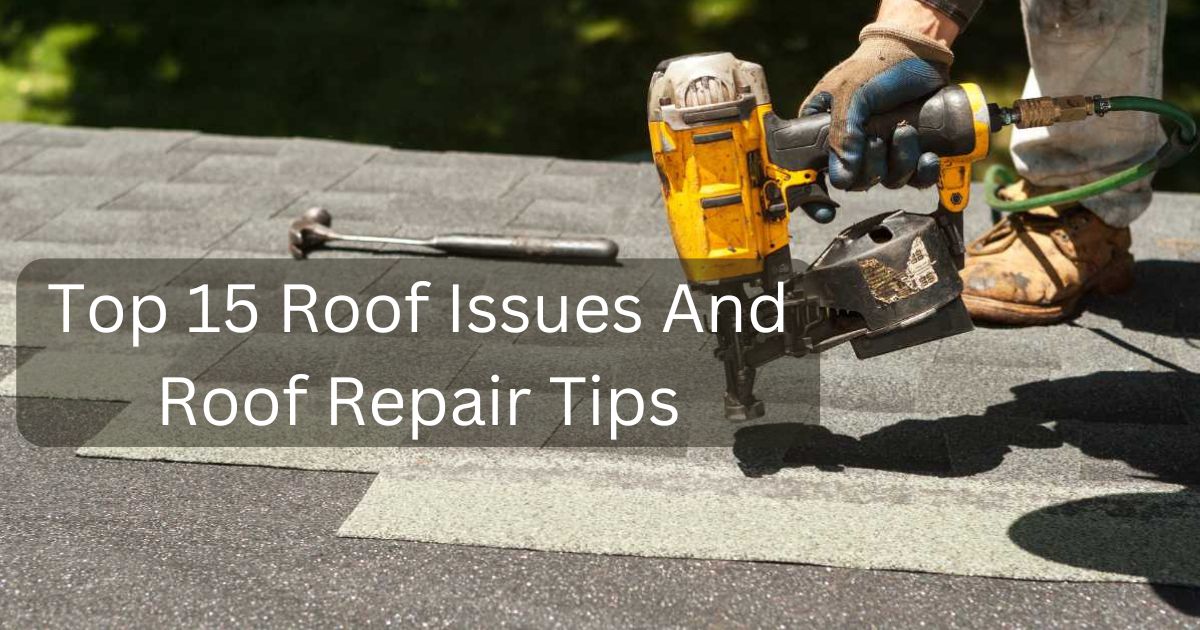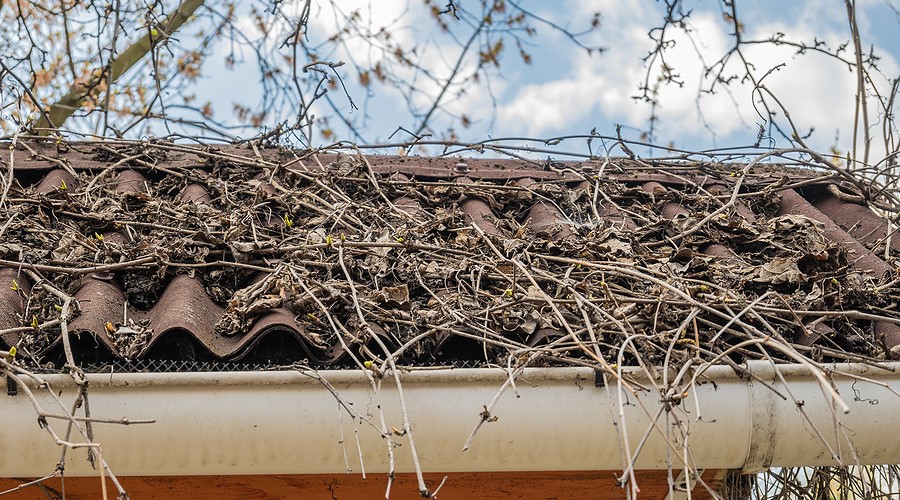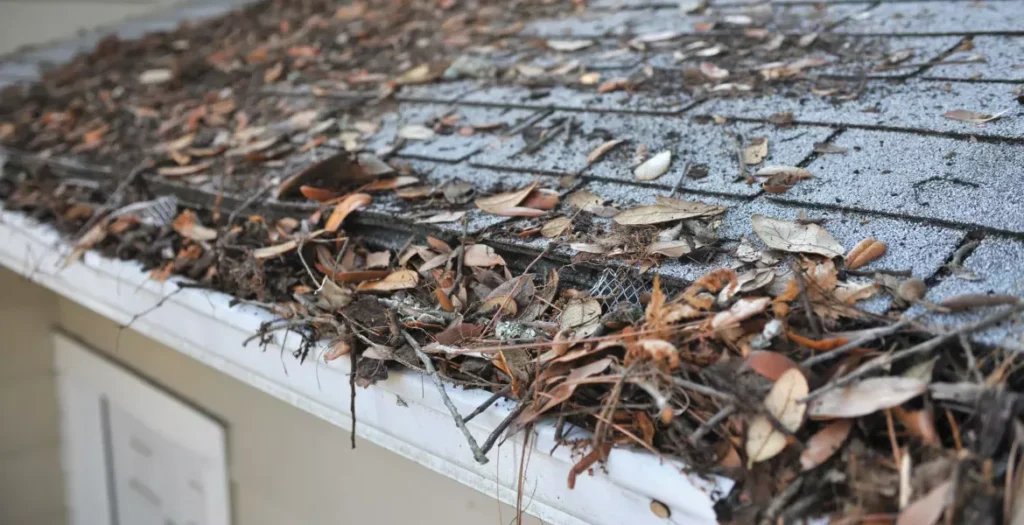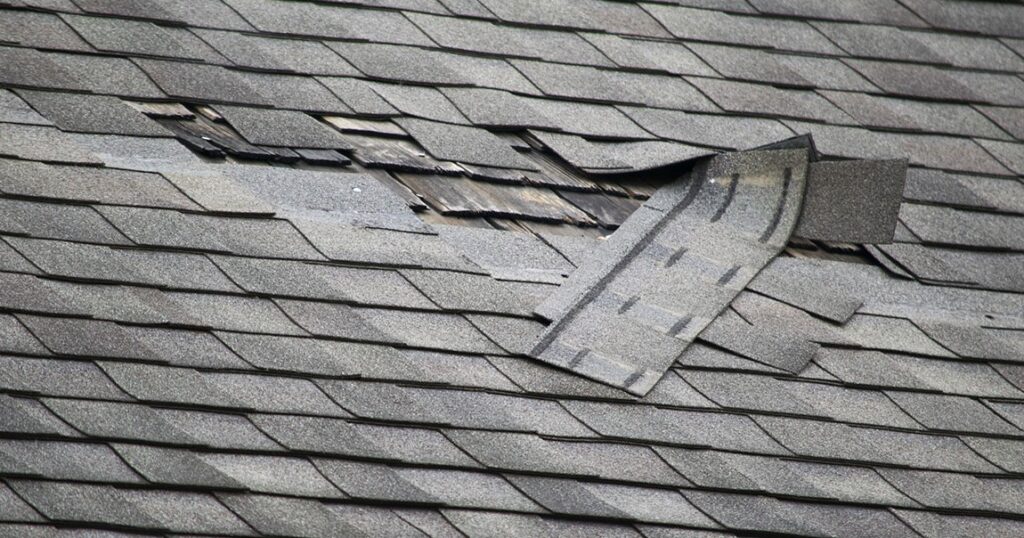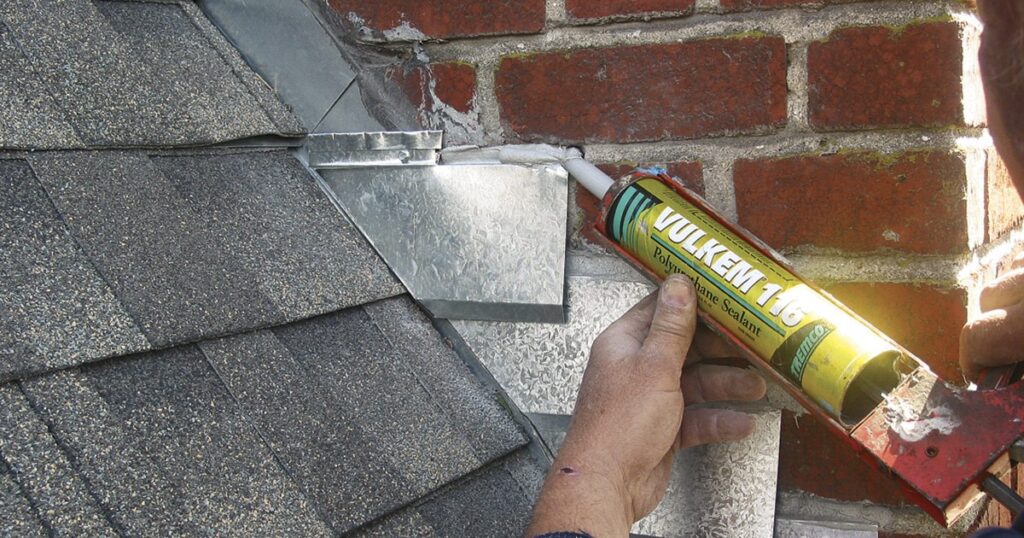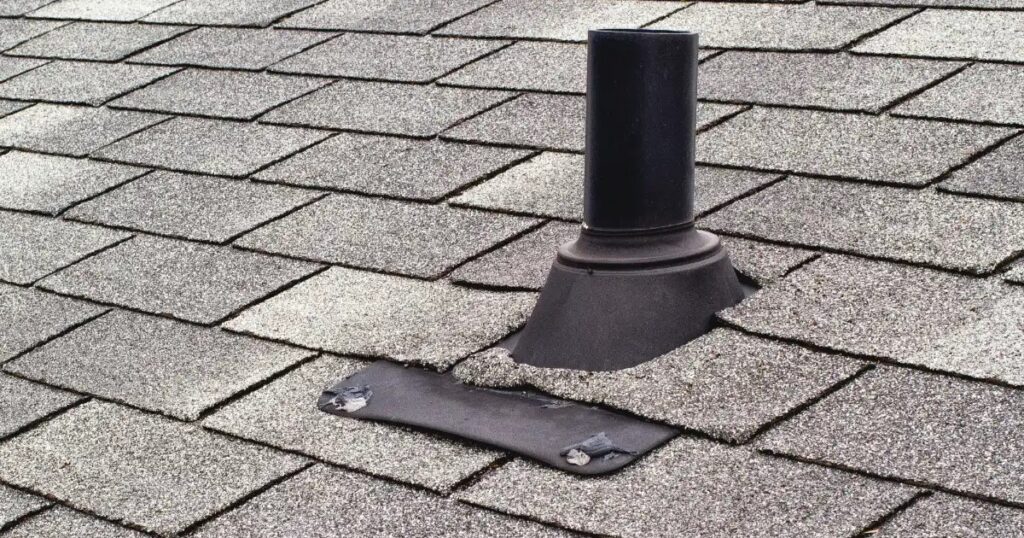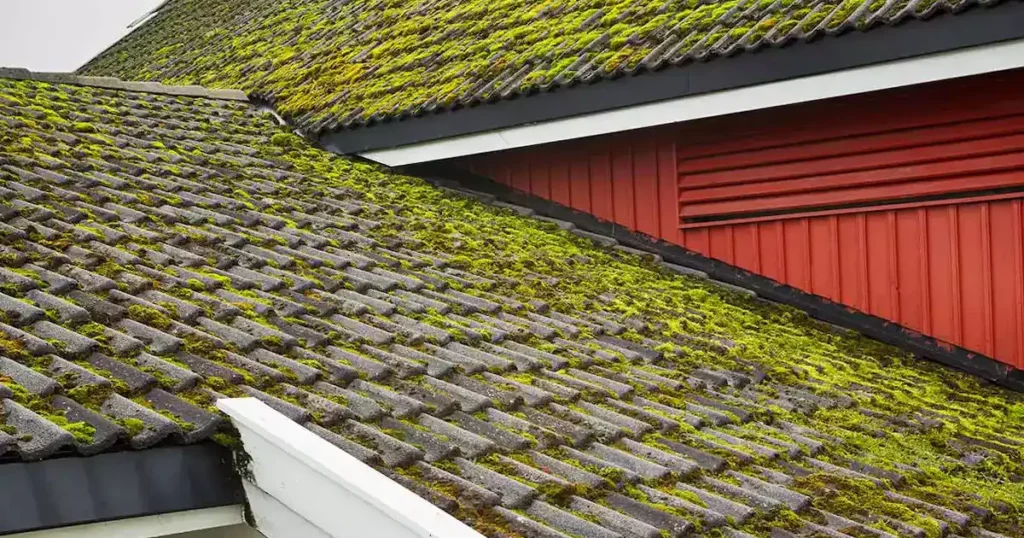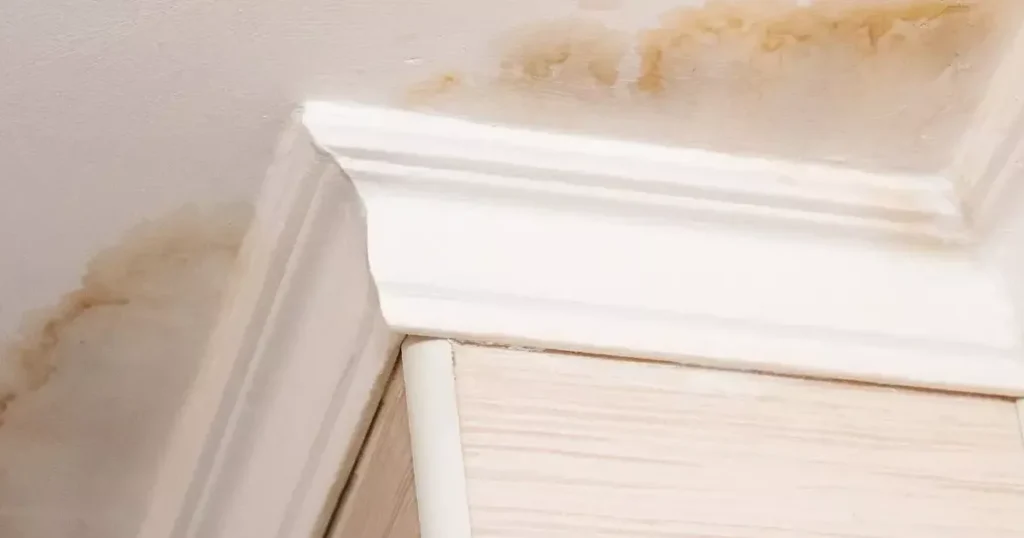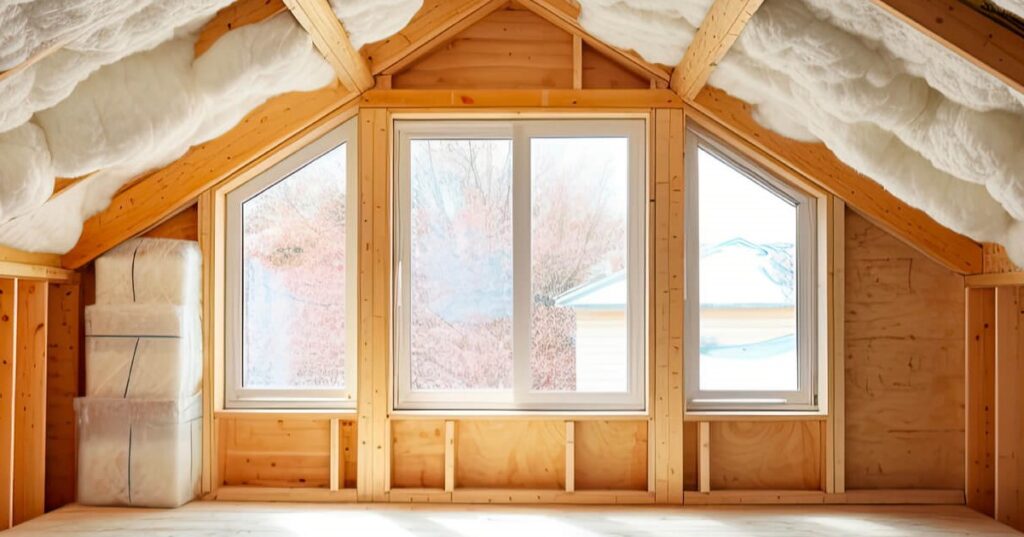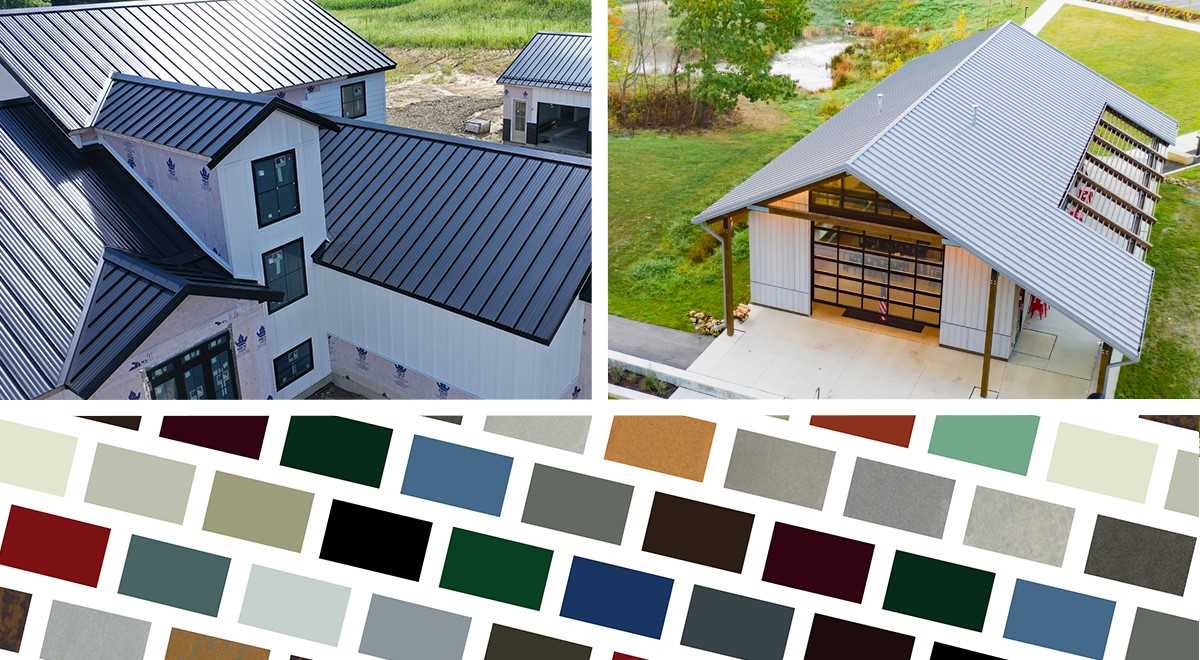Imagine this: You’re cozying up on the couch during a heavy rainstorm when a pitter-patter sound pierces the calming ambiance. You look up and see a dark spot spreading on your ceiling—a roof leak—every homeowner’s worst nightmare.
Don’t let a leaky roof disrupt your peace of mind! Here at Pally Roofing, we understand the importance of a secure and reliable roof over your head. That’s why we offer a comprehensive suite of roofing repair and maintenance services to keep your home protected from the elements.
Table of Contents
15 Roof Repair Tips: Keep Your Home Protected with Pally Roofing
A well-maintained roof protects your home from the elements, keeps your family safe, and increases property value. But how do you know when your roof needs repairs, and how can you keep it in top shape?
This guide provides 15 essential roof repair tips to help you identify potential problems and take preventative measures. For more complex repairs or situations beyond your comfort level, remember the experts at Pally Roofing are here to help!
Tip #1: Conduct Regular Roof Inspections – Catch Small Problems Before They Become Big Leaks!
Your roof protects your entire home from the elements. Like any shield, it needs regular inspections to ensure it’s in top condition. We recommend scheduling a professional roof inspection at least once a year, preferably before the harsh winter months arrive.
Why are inspections so necessary? Think of it like catching a cavity early at the dentist. A minor issue, like a loose shingle, can quickly be addressed before it leads to a major problem, like a leaky roof and potential water damage inside your home. Regular inspections allow our trained professionals to identify:
- Missing or damaged shingles: These can expose the underlayment to the elements and create a pathway for leaks.
- Clogged gutters: Overflowing gutters can cause water to back up under the shingles, leading to rot and leaks.
- Flashing issues: Flashing around chimneys, vents, and skylights creates a watertight seal. Damaged flashing can lead to leaks in these critical areas.
- Signs of wear and tear: Regular inspections can catch minor wear and tear before progressing into more severe problems.
Tip #2: Trim Overhanging Branches – Give Your Roof Some Breathing Room!
Ever noticed those gnarly branches hanging precariously over your roof? They might look picturesque, but they can wreak havoc on your roof’s health. Here’s why:
- Shingle Scrapers: Overhanging branches can scrape and damage shingles as they sway in the wind. This exposes the underlayment and increases the risk of leaks.
- Debris Danger Zone: Leaves and twigs from overhanging branches can accumulate on your roof, creating a breeding ground for moisture and mold growth. This trapped debris can also impede proper water flow and clog gutters.
- Venting Woes: Branches too close to vents can block airflow, hindering your roof’s ventilation system. Proper ventilation is crucial for preventing heat buildup and moisture condensation within the attic, which can damage your roof and even lead to mold growth.
The Trimming Solution
Trimming overhanging branches is a simple yet effective way to protect your roof. Here’s a general rule of thumb: maintain a distance of at least 6 to 10 feet between your roof and tree branches.
Tip #3: Clear Debris from the Roof – Don’t Let Leaves Become Leaky Problems!
Your roof isn’t just meant to shield you from rain and snow; it also needs to breathe! Leaves, twigs, and other debris can accumulate on your roof, creating a haven for moisture and hindering proper ventilation. Here’s why keeping your roof clear is crucial:
- Moisture Magnet: Debris traps moisture against the shingles, creating a damp environment perfect for rot and mold growth. This can damage your roof and lead to health concerns inside your home.
- Flow Foes: Clogged gutters overflowing with debris can cause water to back up under the shingles, increasing the risk of leaks.
Cleanliness is Key
Make it a habit to remove debris from your roof regularly, especially after storms. This simple task can significantly improve the lifespan and health of your roof.
Safety First!
Walking on your roof can be dangerous. If you’re not comfortable doing it yourself, consider hiring a professional. Pally Roofing can help! We offer roof cleaning services to ensure your roof is debris-free and functioning optimally.
Tip #4: Identify and Repair Loose or Missing Shingles – Patch Up Those Leaks Before They Start!
Your roof’s shingles are its first line of defense against the elements, but even the sturdiest shingles can take a beating over time. Loose or missing shingles expose the underlayment, the layer directly beneath them that provides additional waterproofing. This creates a prime entry point for leaks.
Spot the Signs:
Here’s how to identify loose or missing shingles:
- Curling or cracked shingles
- Shingles that are not lying flat
- Bald spots where shingles are entirely missing
Don’t Delay, Repair!
Ignoring loose or missing shingles is a recipe for disaster. Prompt repairs are essential to prevent leaks and further damage. While some homeowners might feel comfortable replacing a few shingles themselves, it’s always best to call in a professional for larger repairs or complex situations.
Tip #5: Check Flashing Around Chimneys and Vents – Your Roof’s Unsung Heroes
Flashing is a thin sheet of metal installed around chimneys, vents, skylights, and other roof penetrations. It acts as a hidden hero, creating a watertight seal and preventing leaks in these critical areas.
Signs of Flashing Failure:
- Cracked or rusted flashing
- Gaps between the flashing and the surrounding roof components
- Caulking around the flashing that is cracked or peeling
Flashing Issues Need Expert Attention
Flashing repairs can be tricky and require specialized knowledge and materials. If you suspect damaged flashing, don’t hesitate to call Pally Roofing. Our experienced roofers can diagnose the problem and provide a solution to ensure your roof remains leak-proof.
Tip #6: Clean Gutters and Downspouts – Don’t Let Your Home Take a Shower!
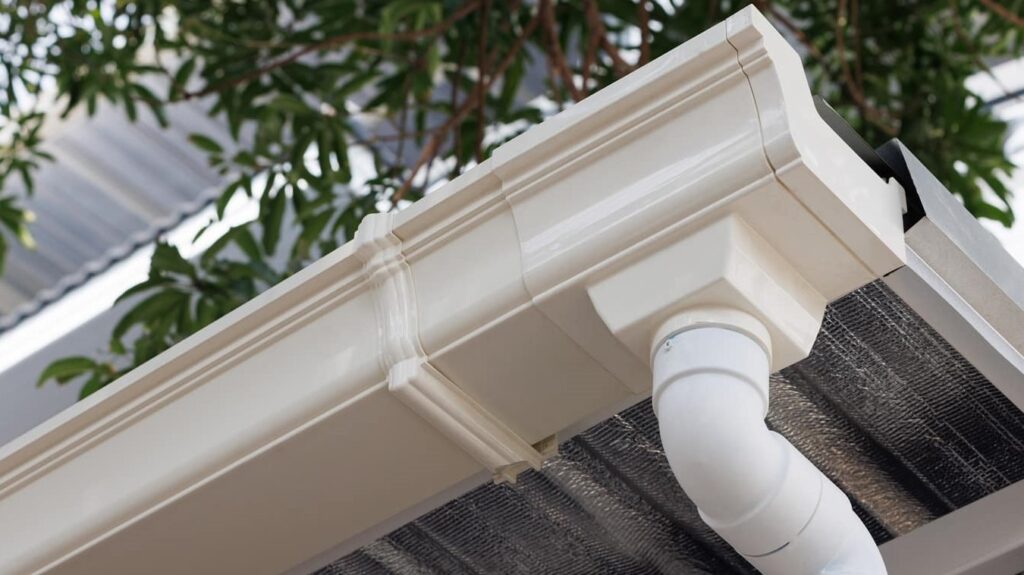
Imagine a heavy downpour. Rain gutters and downspouts are critical in channeling this rainwater away from your home’s foundation. But clogged gutters can turn this essential system into a recipe for disaster. Here’s why:
- Water Warriors: Gutters and downspouts act as your roof’s drainage system, directing rainwater away from the foundation. This helps prevent water damage to your siding, basement, and landscaping.
- Overflow Blues: Clogged gutters can’t handle the water flow, causing it to overflow and cascade down the sides of your house. This can lead to foundation problems, erosion, and leaks inside your basement.
Tip #7: Caulking Around Roof Penetrations – Seal the Deal to Prevent Leaks!
Your roof may look like a solid barrier, but there are various points where pipes, vents, and other elements penetrate the surface. If not properly sealed, these penetrations can become vulnerable entry points for leaks.
Caulking to the Rescue
Caulking acts as a waterproof sealant around roof penetrations, filling gaps and preventing water from seeping in. This creates a watertight barrier and keeps your roof leak-proof.
Quality Matters
Not all caulking is created equal. For your roof, it’s crucial to use a high-quality sealant designed for outdoor use and compatible with your roof material. These sealants are formulated to withstand harsh weather conditions and remain flexible over time.
Tip #8: Address Moss Growth – Don’t Let a Green Roof Mean Trouble!
While a moss-covered roof might look quaint from afar, it can spell trouble for your shingles. Here’s why:
- Moisture Magnet: Moss thrives in damp environments and acts like a sponge, trapping moisture against the shingles. This prolonged moisture exposure can lead to shingle rot and deterioration.
- Under Shingle Sneak Attack: Over time, moss growth can work under the shingles, creating a perfect breeding ground for mold and further compromising the roof’s integrity.
Moss Removal Methods
There are a few ways to tackle moss growth on your roof:
- Moss Removal Solution: Apply a commercially available moss removal solution according to the manufacturer’s instructions. These solutions typically kill the moss, allowing it to dry and detach from the shingles.
- Stiff Brush Power: For stubborn moss patches, you can use a stiff brush to gently remove them. Be careful not to scrub too hard, which can damage the shingles.
Tip #9: Look for Signs of Water Damage Inside the House
- List common signs of water damage like stains on ceilings or walls, peeling paint, and musty odors.
- Advise immediate action if water damage is identified, as it can lead to structural problems and mold growth.
Tip #10: When to Call a Professional Roofer – Don’t Be a Hero, Call the Experts!
We’ve covered a range of tips to help you maintain your roof and identify potential problems. However, there are situations where DIY repairs aren’t recommended, and calling a professional roofer is the wisest course of action. Here are some key indicators:
- Extensive Damage: After a major storm or significant wear and tear, your roof might sustain extensive damage beyond the scope of a quick fix. This could involve large areas of missing shingles, damaged underlayment, or structural issues. Professional roofers have the expertise and experience to handle complex repairs and ensure your roof is restored to optimal condition.
- Leaky Blues: A roof leak is a serious issue that requires immediate attention. Ignoring a leak can lead to water damage inside your home, causing further problems like mold growth and structural damage. Professional roofers can quickly locate the source of the leak and provide a lasting repair solution.
- Complex Repairs: Some roof repairs, like replacing a large section of shingles or working around chimneys and skylights, require specialized knowledge and safety measures. Don’t put yourself at risk by attempting complex repairs. Pally Roofing’s experienced team has the skills and equipment to tackle any roof repair job efficiently and safely.
Tip #11: Importance of Hiring a Qualified Roofer – Don’t Let Your Roof Fall Victim to Amateurs!
Your roof is a vital part of your home’s defense system, protecting you from the elements and keeping your family safe. Regarding repairs or replacements, entrusting the job to a qualified roofer is crucial. Here’s why:
- Expertise Matters: Qualified roofers possess the knowledge, skills, and experience necessary to diagnose problems, recommend the most suitable solutions, and ensure repairs are completed correctly. This can save you money in the long run by preventing future issues.
- Safety First: Roofing work can be dangerous. Qualified roofers prioritize safety by using proper equipment and adhering to safety protocols. Don’t risk your health by attempting complex roof work yourself.
Finding the Right Roofer
When searching for a qualified roofer, consider these factors:
- Licensing and Insurance: Ensure the roofer holds a valid license in your state and carries liability and worker’s compensation insurance.
- Experience: Look for a roofer with a proven track record and experience working on roofs similar to yours.
- Positive Reviews: Read online reviews and ask friends or neighbors for recommendations.
- Clear Communication: Choose a roofer who clearly explains the work needed, the materials used, and the project timeline.
Tip #12: Don’t Ignore Roof Problems—a Stitch in Time Saves Nine (and Your Wallet)!
Like any part of your house, your roof needs attention and care. Ignoring minor roof problems like missing shingles or a clogged gutter might seem like a harmless shortcut in the short term, but it can lead to much bigger—and more expensive—consequences down the road.
Here’s why prompt action is critical:
- Small Leaks Become Big Problems: A minor leak left unrepaired can quickly turn into a major one, causing water damage to your ceilings, walls, and attic. This can lead to expensive repairs and potential mold growth.
- Neglected Damage Worsens: Missing shingles or damaged flashing expose your roof’s underlayment to the elements. Over time, this can lead to rot and further deterioration, necessitating a more extensive and costly repair.
- Safety Hazards: A compromised roof can pose safety hazards for your family. Loose or damaged shingles can fall and cause injuries. Additionally, water damage to the roof structure can weaken its integrity.
Tip #13: Befriend Your Attic: Leverage Ventilation for a Healthier Roof
Your attic plays a vital role in your roof’s health. Proper ventilation allows hot air and moisture to escape, preventing condensation buildup that can lead to rot, mold growth, and even damage to your shingles. Here’s how to leverage ventilation for a healthier roof:
- Inspect Your Vents: Ensure your roof vents are clear of debris and functioning properly. Common vent types include soffit vents under the eaves and roof ridge vents at the peak.
- Consider Additional Venting: If you suspect inadequate ventilation, consider installing additional roof vents or a powered attic fan to promote better airflow.
- Seasonal Adjustments: During the winter months, close attic vents to prevent excessive cold air from entering. Reopen them fully in the spring and summer for optimal ventilation.
Tip #14: Shine a Light on Your Roof: Nighttime Inspections Reveal Hidden Issues
While daytime inspections are crucial, nighttime inspections can also be surprisingly insightful. Grab a flashlight and head outside after dark for a unique perspective on your roof’s condition.
- Spot Leaks with Light: Look for any light shining through from the attic, indicating potential leaks or gaps in the underlayment.
- Flashing Faults: Check flashing around chimneys, vents, and skylights. If light shines through these areas, it might signify damaged or improperly sealed flashing.
Nighttime inspections are a great way to supplement your regular roof checks and identify potential problems early on.
Tip #15: Know Your Roof Warranty – A Safety Net for Unexpected Repairs
Most roofing materials come with warranties that cover manufacturer defects and workmanship issues. Understanding your roof warranty provides peace of mind and saves money in unexpected situations. Here’s what to know:
- Warranty Details: Familiarize yourself with the terms and conditions of your roof warranty. This includes coverage duration, exclusions, and the claims process.
- Proper Maintenance: Many warranties require proof of regular roof maintenance to remain valid. Keep records of inspections and any minor repairs performed.
- Peace of Mind: A valid roof warranty offers a safety net in case of unexpected material defects or faulty installation.
Conclusion
By following the tips outlined in this article and scheduling regular inspections, you can prevent minor problems from escalating into costly repairs.
At Pally Roofing, we understand the importance of a reliable and secure roof. We are a licensed and insured company with over 16 years of experience serving homeowners.
Our team of experts is highly skilled in all aspects of roofing, from routine maintenance and repairs to complete roof replacements. We are committed to providing exceptional service, clear communication, and top-quality workmanship on every project.
Don’t wait until a leak surprises you! Contact Pally Roofing today for a free consultation or roof inspection. Let us help you keep your roof healthy and your home protected.

